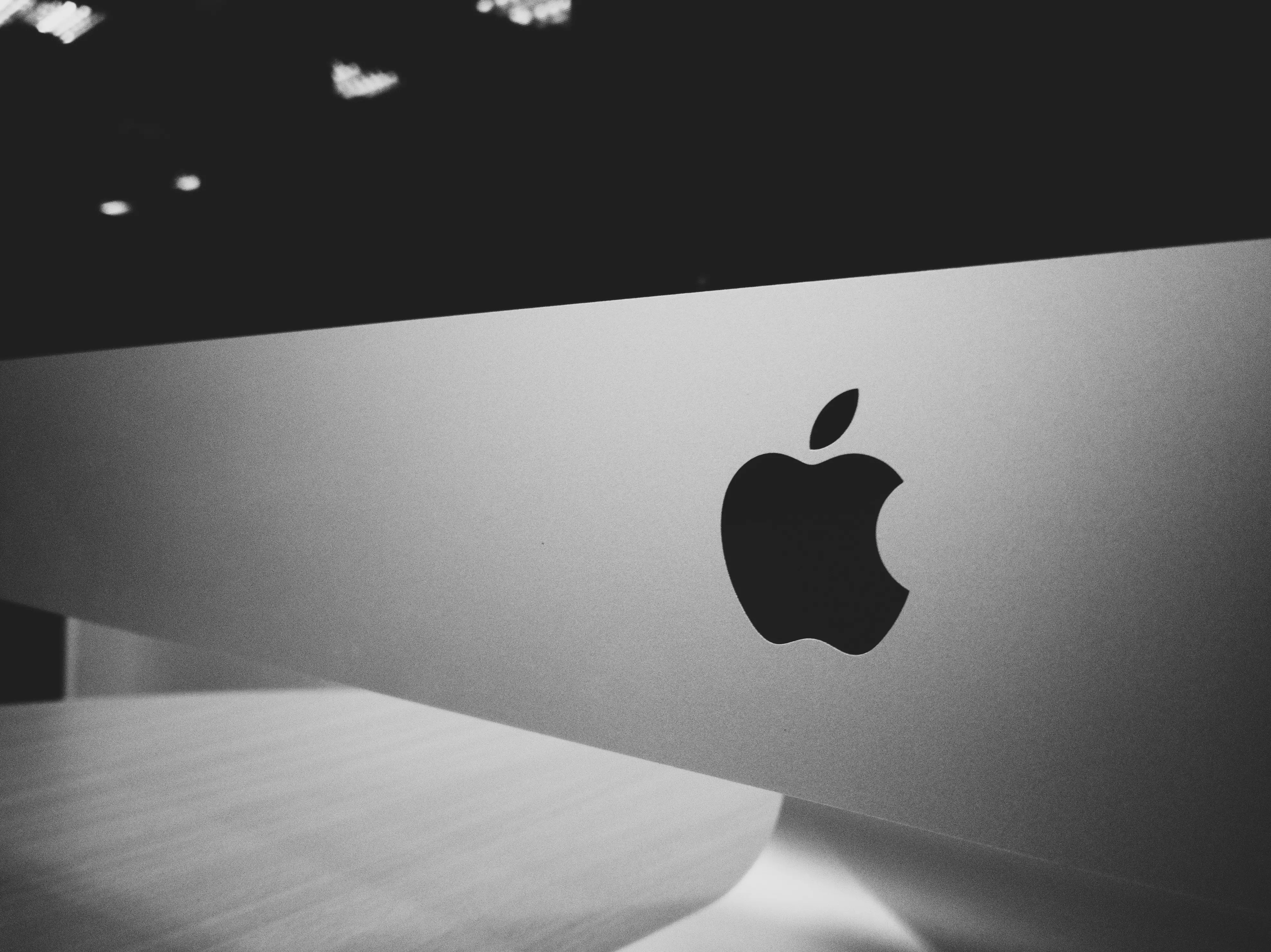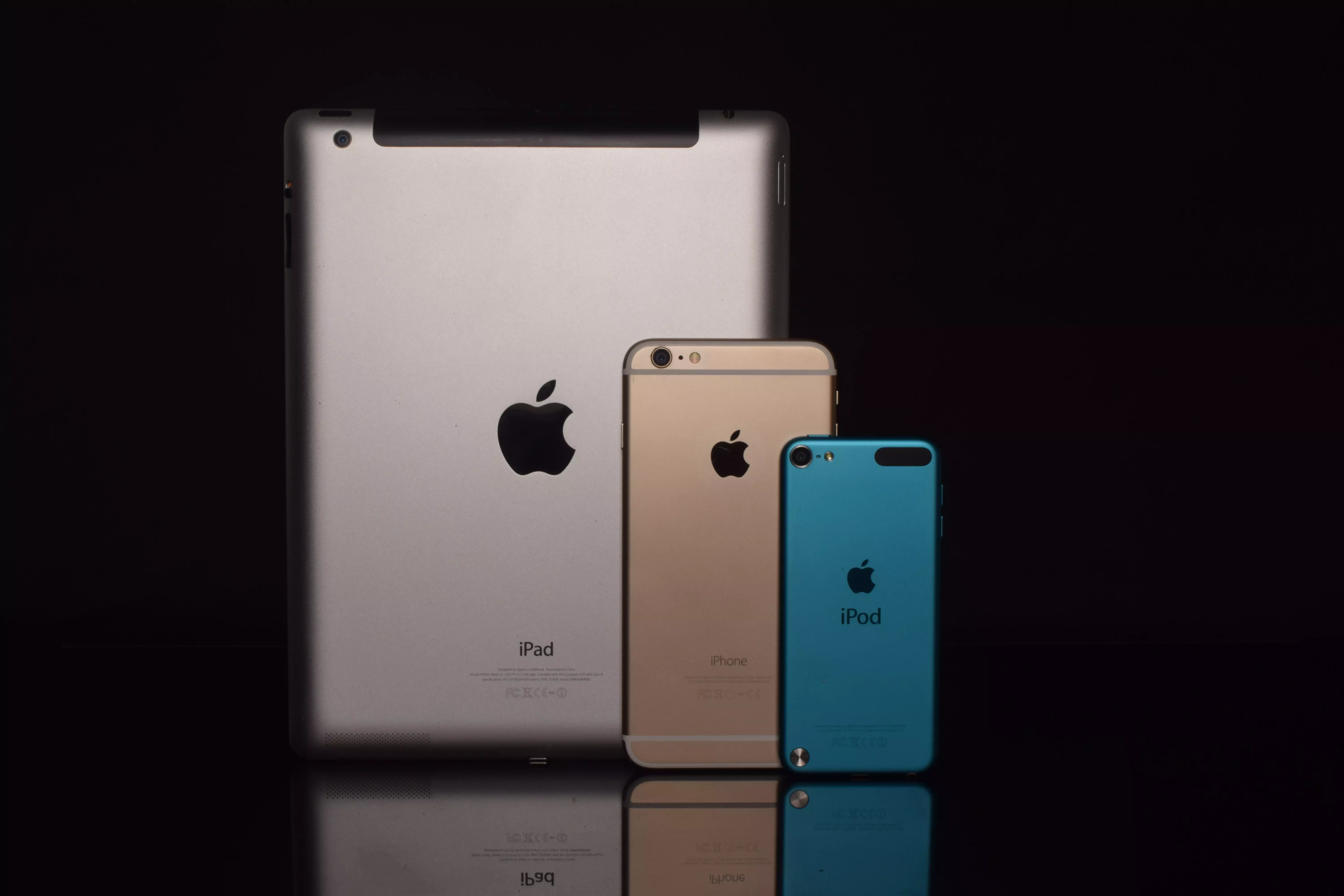
Apple Inc. is a leading multinational technology company based in Cupertino California that develops and sells electronics such as media players, computers, software and they also offer online services. The organization was founded by Ronald Wayne, Steve Jobs and Steve Wozniak in 1977. Apple currently holds the spot as the second largest information technology company based on revenue in the world. As the first U.S company valued at more than 700 billion dollars, Apple is the largest publicly traded corporation by market capitalization. (Wikipedia, 2015)
Apple Business Strategies
The success of the corporation is not only attributed to their innovations but Apple has been able to maintain such a dominate position in its industry because of it’s effective business strategies. Below are some strategies that the organization has implemented.
< Click Essay Writer to order your essay >
- Creating a following
Apple has been able to be so successful because they’ve been able to cultivate a following or a tribe who feel special because they have one thing in common; they all own the a Apple product. Apple releases products at an incredibly fast pace and their fans are there every step of the way to purchase each new product even going as far as camping outside of retail outlets to ensure that they are able to purchase the latest item.
2. New and Innovative Products
When Steve Jobs held the position as CEO of Apple he focused on designing and manufacturing new, unique innovative products. While Tim Cook, the new CEO of the organization, believes in the same model, he has been utilizing Apple’s loyal consumer base to provide incremental improvements to products. (Williams, Westray, & Owlett, 2012) This is evident in the Iphone 5 that has been re released two times with modest improvements.
3. Litigation
In an effort to ensure that Apple products are truly unique, the organization has filed a lawsuit with Samsung to protect the company from patent infringement. Apple accused Samsung of creating smartphones that were highly similar in design to the iphones. This strategy degrades they’re competitors. However, eventually the company agreed to drop their lawsuit against Samsung. (Alford, 2015) I believe that this business strategy has been ineffective for the company, because the organization ended up spending millions of dollars on litigation fees that eventually went to waste.
4. Differentiation
Part of Apple strategy is attempting to increase a demand in the market for their products. This is done through product differentiation. This entails designing super creative products that are unique to the technological industry as well as attractive to consumers. For the past decade, the organization has been successful in this aspect. Despite competition from other powerful brands Apple is able to create a demand for their products and maintain power over pricing through product differentiation and customer loyalty.
3. “Minimum Advertised Price” Retail Strategy
While Apple does sell it’s product through their own retail stores and online channel the company also works with indirect distributors such as wholesalers, retailers and third party cellular carriers. Apple utilizes an effective retail strategy known as MAP (Minimum Advertised Price) this prevents dealers and resellers from advertising the price of Apple products at a specific minimum price. MAP policies aid in decreasing pricing competition. Apple even offers retailers incentives if they choose to sell Apple products at their MAP prices.
< Are you asking for someone to Write My Essay for Me ? >
However, Apple does offer select retailers such as Wal-Mart and Best Buy by offering them marginal wholesale discounts.
Apple’s business strategies are simple yet effective. They are founded on two crucial factors product innovation and smart pricing.
Apple Global Competitiveness Plan
At a Goldman Sachs conference held in 2013, Apple CEO Tim Cook revealed that what set Apple apart from others in its industries is it’s company’s “expertise in software, hardware and services”. Further, Tim said that “Apple has the ability on all three of these spheres to innovate like crazy and cause magic”. (Nielson, 2014) Apple’s global competitiveness plan includes:
Multiple Products
Apple designs and sells multiple products including laptops, tablets, smartphones, media players and the company is working on new innovations such as the Apple Watch. Formerly, Apple had a consumer base for each of its three main products; Mac, ipods and iphones. The evolution of the iphone and the launch of the ipad has allowed the company to dominate the market in many categories of electronics.
Digital Assets
Itunes gives Apple an global competitive advantage. Apple is the biggest digital retailer with more than one hundred million Itunes customers. (Bajarin, 2011)
Expansion in Other Areas of Business
In recent years, Apple has expanded in other areas of business. They work along with other corporations to develop productivity applications and tools. Apple recently developed ResearchKit an open source framework that allows medical researchers and developers to easily create custom apps to aid in making life changing discoveries.
SWOT Analysis
What are some of Apple’s strength and weakness? A SWOT analysis revealed the followed:
| Strengths | Weakness |
| Customer Loyalty | High prices |
| Brand Reputation | Products are incompatible with most OS |
| Innovative products | Big defects in new products |
| Strong financial performance | Legal threats |
| Success retail stores | Lack of confidence from consumers in new management (When Tim Cook replaced Steve Jobs) |
| Opportunities | Threats |
| Market share growth | Competition in the online music market |
| Booming tablet and smartphone market | Security breaches |
| High demand of iPhone 6 | Rapid changes in the technology industry |
| Increased demand for online storage | Price pressure from leading competitors |
External Scenario Evaluation
Currently, Apple is the leading global technology provider and digital assets corporation. In addition, it’s the only organization that generates and runs it’s own hardware and software. However, every corporation has vulnerabilities. An external scenario evaluation the organization will be equipped to be able to adapt to social, economic, political and market share changes.

Scenario # 1 Political upheaval in manufacturing countries
It’s no secret that Apple outsources the majority of it’s manufacturing and production work outside of the United States. In an effort to reduce operating costs Apple outsources to Cork, Czech Republic, Ireland and China. In the event that these countries undergo political instability this could potentially halt or slow down the manufacturing process. While the organization isn’t able to control such political factors, it can take measures to effectively handle if it does affect the company. Apple might consider developing more manufacturing plants within the U.S. Also, a lot of Apple’s overseas manufacturing plants are within the same country so the organization should also consider expanding they’re outsourcing horizons.
Scenarion #2 Reduced Purchasing power
Purchasing power is dependent upon the economy. What happens when unemployment rates increase and inflation occurs? Apple is known for selling products at premium prices. How can the organization still maintain steady revenue? Well, in the event that the economic state is in really bad shape I think Apple could rebrand older generation products and sell them at super affordable prices. Also, I think the corporation would benefit from designing less sophisticated classification of products similar to what they did with the iphone 5th generation.
Apple Business Process
- Product Innovation
Apple designs and manufactures new products. Next, the product is launched.
- Service
The customer places an order through Apple’s online marketplace or via the organization’s retail location.
- Marketing and Sales
The marketing and sales department develops marketing and advertising strategies to increase sales. In addition, the marketing and sales divisions assists in fulfilling customer orders through supply chain management.
Potential Ethical Issues
There are numerous ethical issues that a corporation may face. Below are potential ethical issues that Apple could face:
- Underage labor
Apple outsources to many different foreign countries. In recent years Apple has discovered multiple cases of child labor within its supply chain. An internal audit revealed that more than 100 children were employed at 11 different Apple manufacturing factories. (Garside, 2013) This can be resolved by monitoring and increasing requirements on the hiring process.
2. Sustainability
Apple is constantly launching new products and encouraging consumers to upgrade to the latest product. This can have an impact on the environment because this can lead to consumers improperly disposing of electronics. To help solve this issue the company should implement a buy back or recycling program in which consumers can turn in their old products. Also, the company should make sure that they are creating products out of recyclable materials.
References
Alford, H. (2015, March 5). Apple’s strategy evolves but their business model remains unchanged | TheHill. Retrieved from http://thehill.com/blogs/congress-blog/technology/234623-apples-strategy-evolves-but-their-business-model-remains
Bajarin, B. (2011, June 2). Why Apple Has a Strong Competitive Advantage | Tech.pinions – Perspective, Insight, Analysis. Retrieved from https://techpinions.com/apples-competitive-advantage/5
Garside, J. (2013, January 25). Child labour uncovered in Apple’s supply chain | Technology | The Guardian. Retrieved from http://www.theguardian.com/technology/2013/jan/25/apple-child-labour-supply
Nielson, S. (2014, February 6). Why Apple’s ecosystem is its biggest competitive advantage – Market Realist. Retrieved from http://marketrealist.com/2014/02/ecosystem/
Williams, B., Westray, A., & Owlett, J. (2012, December 7). Apple Business Strategy Under Tim Cook – Apple’s Use of Litigation as a Business Strategy and the Ripple Effects on the Mobile Marketplace. Retrieved from http://faculty.ist.psu.edu/bagby/432F12/T11/apple-business-strategy-under-tim-cook.html







